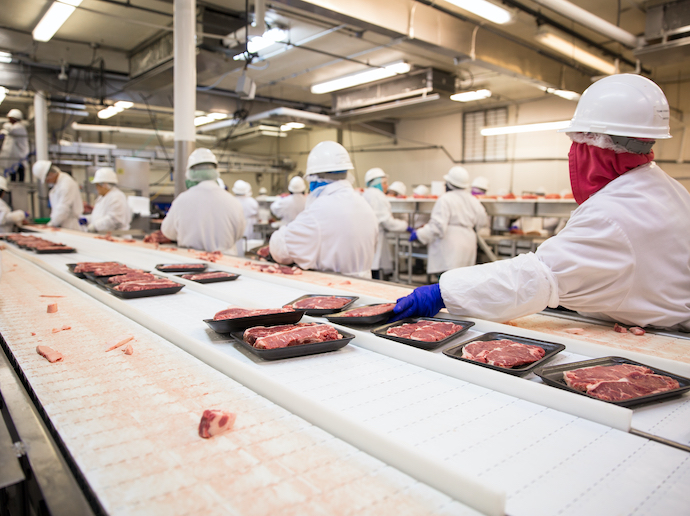Fighting food fraud, sensing toxins – innovative smart sensor comes closer to market
All this waste comes at a time in which, every other day, 36 million people cannot afford a quality meal, including meat, fish or vegetarian equivalent. Factor in the air miles involved in transportation, the use of water resources, and other related environmental impacts, and it is clear that anything that can reduce food wastage is to be welcomed. The EU-supported PhasmaFOOD project is playing a key role in tackling the problem. “A wide range of non-invasive sensing techniques exist nowadays, targeting safety, authenticity and quality of food commodities,” explains Konstantinos Thiveos, director of research and innovation at INTRASOFT International, Belgium, and project coordinator of PhasmaFOOD. “Some of these techniques are now in an experimental phase, but most of them have some significant disadvantages. For example, x-ray is one technology used, but it is sensitive to the different relevant densities in foods, such as meat.” Thiveos adds that most of the techniques used commercially are either high-cost, destructive and time-consuming or have low-accuracy detection and are laborious. So PhasmaFOOD has come up with an innovative approach to food inspection.
An all-round platform offering flexibility and convenience
PhasmaFOOD’s technology can detect: mycotoxins caused by microorganisms in food products; early signs of spoilage; food fraud/adulteration, and estimated shelf-life. The device integrates a sensing node which uses a range of spectrometers and illumination sources, along with a camera. “An electronic subsystem interprets the data from the sensors, partially processes them and then sends the information to the end user’s mobile device,” explains Spyros Evangelatos, member of the coordination team and senior research and innovation specialist at INTRASOFT International. Users can upload the information to a cloud platform for deeper analysis. “The final decision on their scanned food sample, indicating whether the sample is contaminated or not, is sent back to their phones.” The food samples that the team tested throughout the duration of the project were the following: meat (minced pork, chicken, beef); skimmed milk powder; olive oil; spirits; grains; nuts, maize; pineapples; rocket salad, and seabream. The presence of mycotoxins produced by fungi in animal feed and the food supply chain constitutes a significant global food safety issue. The PhasmaFOOD sensor achieved more than 80 % accuracy in distinguishing non-contaminated from moderately contaminated samples. This went up to more than 90 % accuracy in distinguishing non-contaminated from heavily contaminated samples.
The ‘brains’ behind the tool
The PhasmaFOOD system includes a software architecture, the brain behind the innovation, that delivers fast characterisation of foods. This encompasses an extendable framework for the deployment of smart chemometric algorithms, data fusion strategies and reference laboratory measurements. “Our team comprised specialists in a range of diverse fields whose collaboration has led to the development of a portable, efficient system that can increase food security and reduce waste,” says Evangelatos. “I’m very proud of what we have managed to achieve.” The PhasmaFOOD project demonstrated and validated their system at the 9th International Symposium on Recent Advances in Food Analysis held in Prague in 2019. Even though a maturity level has been achieved, the device is not yet available for commercial use. The PhasmaFOOD consortium will extend the testing activities of the device, adding a farm-to-fork perspective, and welcomes all the stakeholders that want to be part of this process to subscribe to their newsletter and make contact via their website.
Keywords
PhasmaFOOD, food safety, food security, INTRASOFT International, mycotoxins, food waste, sensors, algorithms



